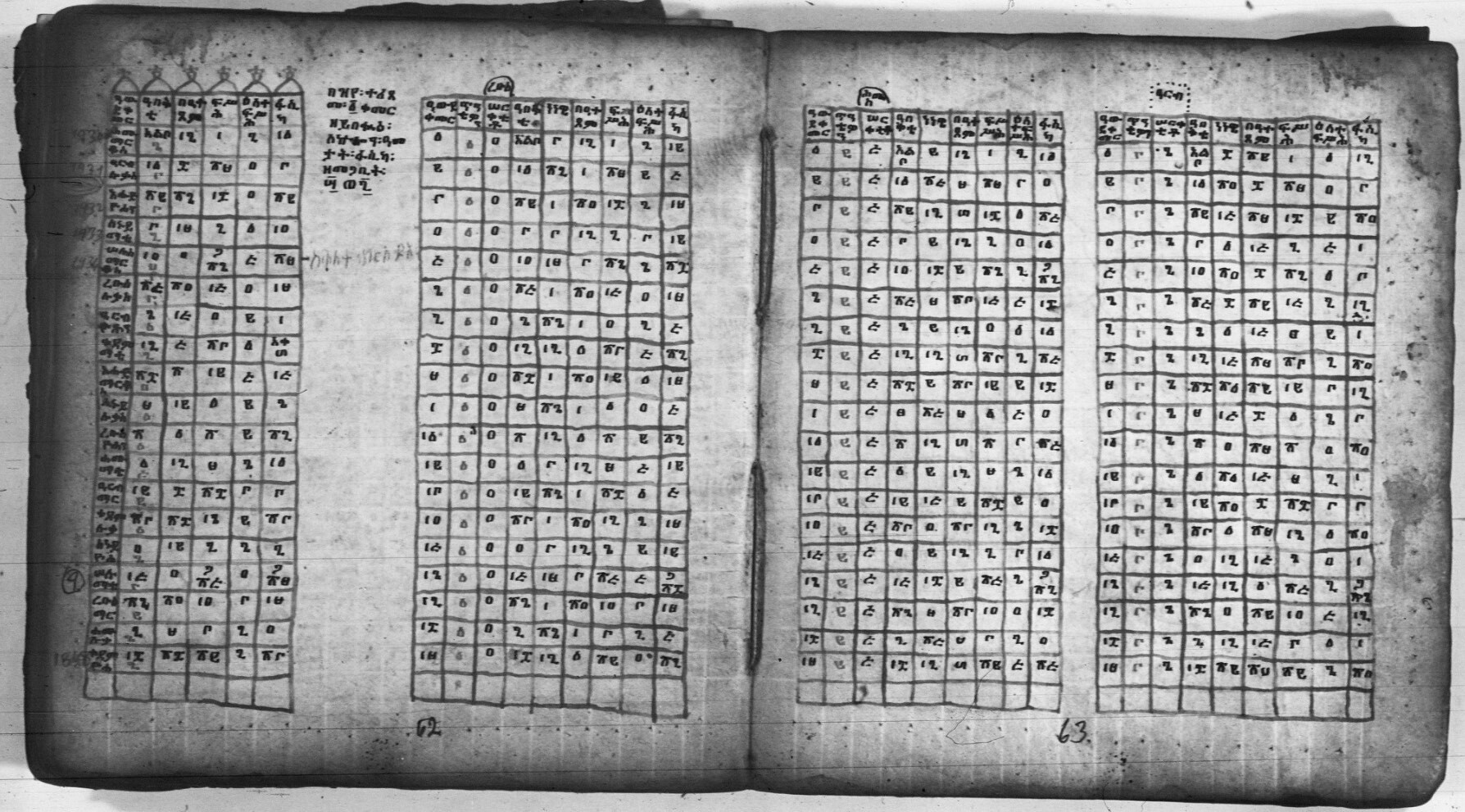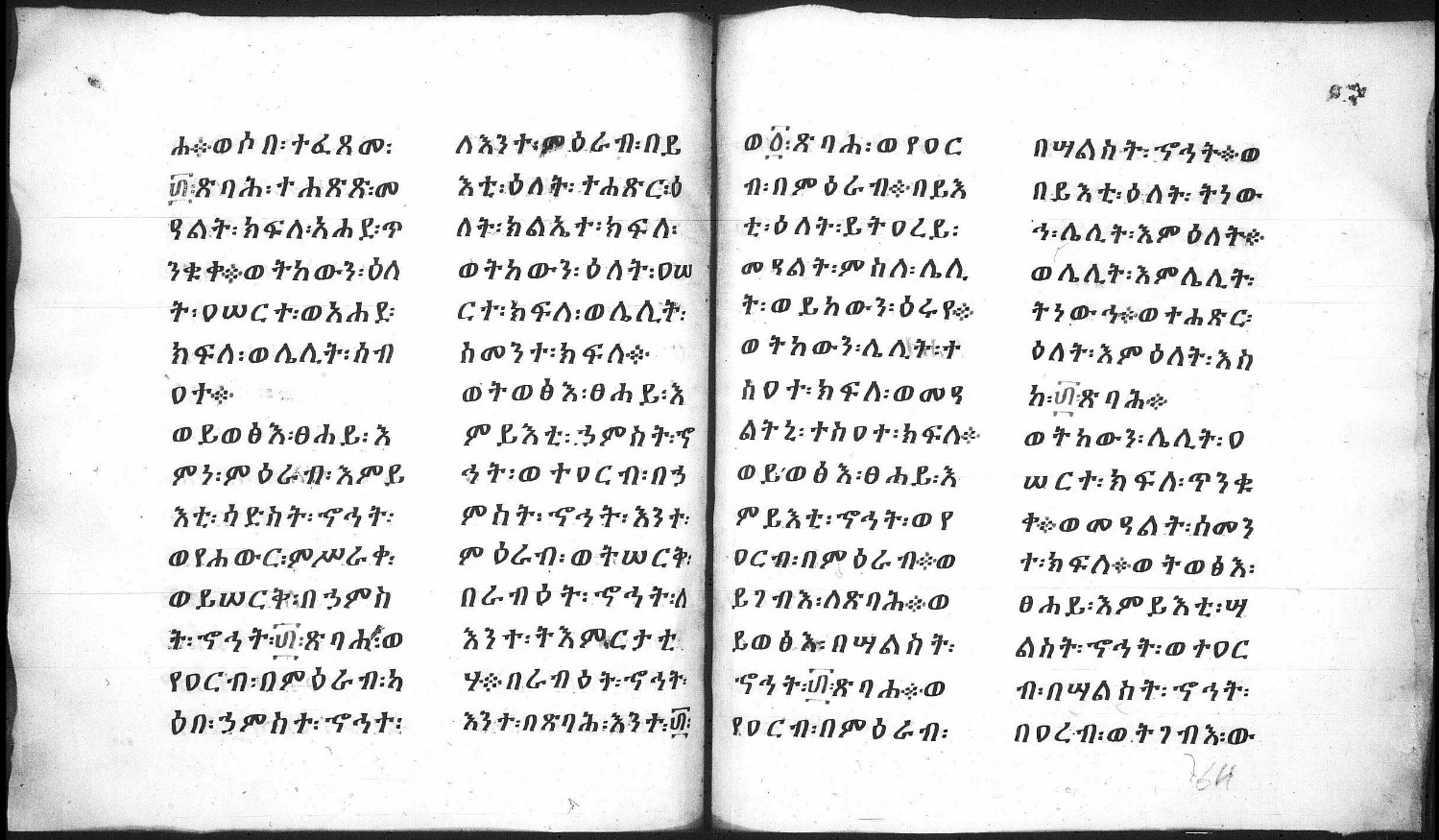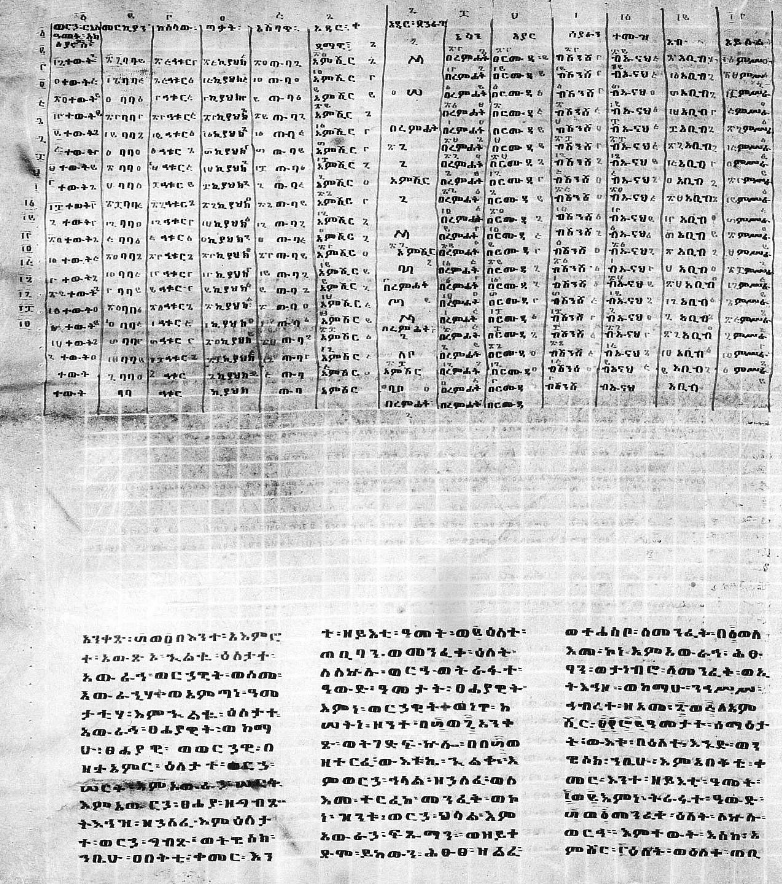Between The Sun And Moon
Between the Sun and Moon
This story is part of an ongoing series of editorials in which HMML curators and catalogers examine how specific themes appear across HMML’s digital collections. Ted Erho looks at The Celestial in this story from the Eastern Christian collections.

Today, depending on what communities you are a part of, your concept of a year may follow a calendar that is principally based upon the monthly cycles of the moon (e.g. calendars for Judaism and Islam), the earth’s rotation around the sun (e.g. Julian and Gregorian calendars), or another celestial combination.
Solar and lunar calendars have respective durations of approximately 365 and 354 days. This difference may seem like a quaint historical oddity, but much actually lies at stake, as was well recognized in the ancient world.
If, for example, two individuals celebrate a New Year festival on the same day one year, it will not coincide the next year—or indeed for quite some time thereafter—if one follows a solar calendar and the other a lunar calendar. As the year progresses, these individuals would observe religious holidays and undertake other actions on different days. If the timing of such celebrations and rituals is divinely ordained, this could result in the deity’s displeasure and accompanying repercussions.
Many ancient societies exhibited an extremely detailed understanding of not only their adopted form of calendar but also alternative options, often underpinned by a level of mathematical and observational complexity that rendered astronomy the most important science in the ancient world.
For instance, while a lunar calendar has been broadly used within Judaism for at least two millennia, the first part of one of the oldest Jewish scientific writings—the Astronomical Book of 1 Enoch (chapters 72–82)—explicitly compares the lunar and solar calendars. After describing the changes in daylight during each of the 12 solar months (chapter 72) and the illumination of the moon during the lunar month (chapter 73), the treatise goes on to explain the discrepancies in the calendars’ year-lengths over periods of three, five, and eight years (chapter 74, verses 12–17).

The Astronomical Book was translated together with the rest of 1 Enoch into Ethiopic in the mid-first millennium, one of few scientific works to enter the Ethiopian Orthodox manuscript tradition, and perhaps the earliest.
These chapters became the most significant part of 1 Enoch within the tradition. Unlike the other sections of 1 Enoch, the Astronomical Book was repeatedly excerpted, copied into new manuscripts both in whole and in part. This principally occurred in computus manuscripts (books dealing with the calculation of time), which often included supplements, expansions, and explanations of portions of translated scientific writings, such as the Kitāb al-tawārīkh of Abū Shākir ibn Buṭrus ibn al-Rāhib. Multiple, highly variable Ge‘ez commentaries on large sections of the Astronomical Book were also written, attested in manuscripts from the last five centuries.

In the Horn of Africa, the Astronomical Book helped its readers to maintain a solar calendar and to understand the fluctuations in natural light emanating from the heavenly bodies throughout the year. Written knowledge of the lunar calendar was not lacking, however, and grew as time passed.
The emergence of a robust Islamic culture to the east brought contact with the Hijri calendar system, which is based on the moon. Contact occurred through travelers and because it was not uncommon for individuals to convert between the two religions, mainly in the regions where they bordered and were both popular. Other converts well-versed in astronomical knowledge, such as Eċċagē Enbāqom, came from further away, as did pertinent writings like the aforementioned Kitāb al-tawārīkh, entitled in Ethiopic Abušāker (አቡሻክር) after its author (a common practice in the tradition). This lengthy work, translated from Arabic into Ge‘ez (possibly by Eċċagē Enbāqom) in the sixteenth century CE, detailed not only the workings of the Hijri and Jewish lunar calendars but also many others, including the Julian calendar, as well as their interrelationships. A more robust and modern treatment, it largely displaced the Astronomical Book as the preeminent source for such material in the Ethiopian Orthodox milieu.

Like few other countries, modern Ethiopia lives in the lunar and solar spheres simultaneously. Islamic manuscripts, documents, and scholarship centered in Hārar continue to use the Hijri lunar calendar. Ethiopian Orthodox materials and the national administration utilize the Ethiopic solar calendar. A most ancient nation paced by the great lights of both night and day.




